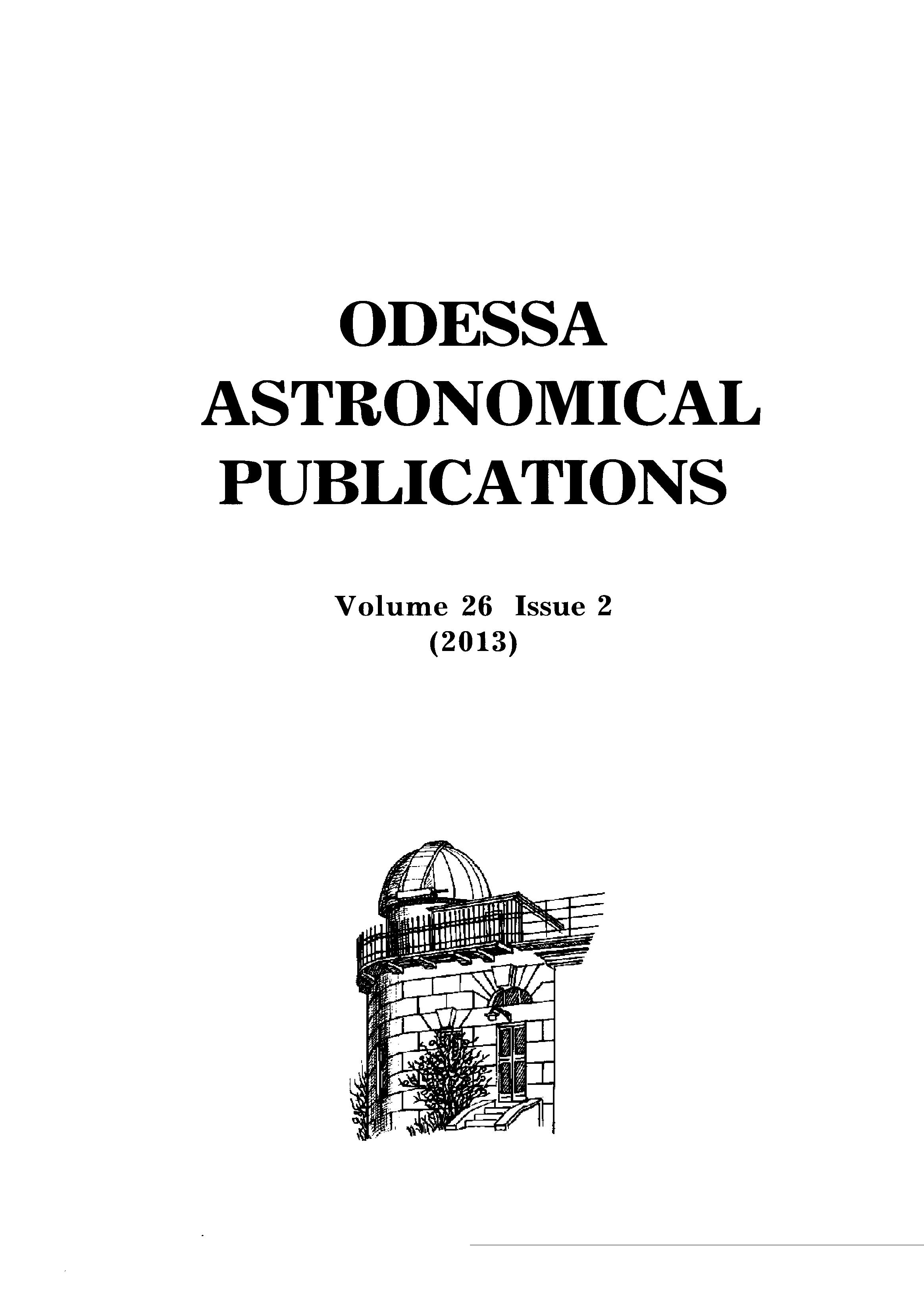ENDOTHELIAL DYSFUNCTION AND BLOOD VISCOSITY INPATIENTS WITH UNSTABLE ANGINA IN DIFFERENT PERIODS OF A SOLAR ACTIVITY
DOI:
https://doi.org/10.18524/1810-4215.2013.26.83971Ключові слова:
solar activity, unstable angina, blood viscosity, endothelial dysfunctionАнотація
The origin of hemorheologic and endothelial defects in patients with unstable angina (comparing with healthy persons) is determined by a solar activity period: the blood viscosity increases in a period of high solar activity in the vessels of small, medium and macro diameters, a local decompensate dysfunction of small vessels endothelium had been fixed (microcirculation area). In the period of a low solar activity there is an increase of a blood viscosity in vessels of all diameters, generalized subcompensated endothelial dysfunction is developed (on the background of the III phase blood clotting activating). In the period of a high solar activity a higher blood viscosity had been fixed, comparing with the period of a low solar activity.
Посилання
Breus T.K. Thesis of a Doctor of Physics and Mathematics, Moscow, 2003, 45 p.
Backer T.L., Buyezere M., Segers P. et al.: 2002, Ateriosclerosis, 165 (2), 367.
##submission.downloads##
Опубліковано
Як цитувати
Номер
Розділ
Ліцензія
Авторське право (c) 2016 Odessa Astronomical Publications

Ця робота ліцензується відповідно до Creative Commons Attribution-NonCommercial 4.0 International License.
Відповідно Закону України про авторське право і суміжні права N 3792-XII від 23 грудня 1993 року
